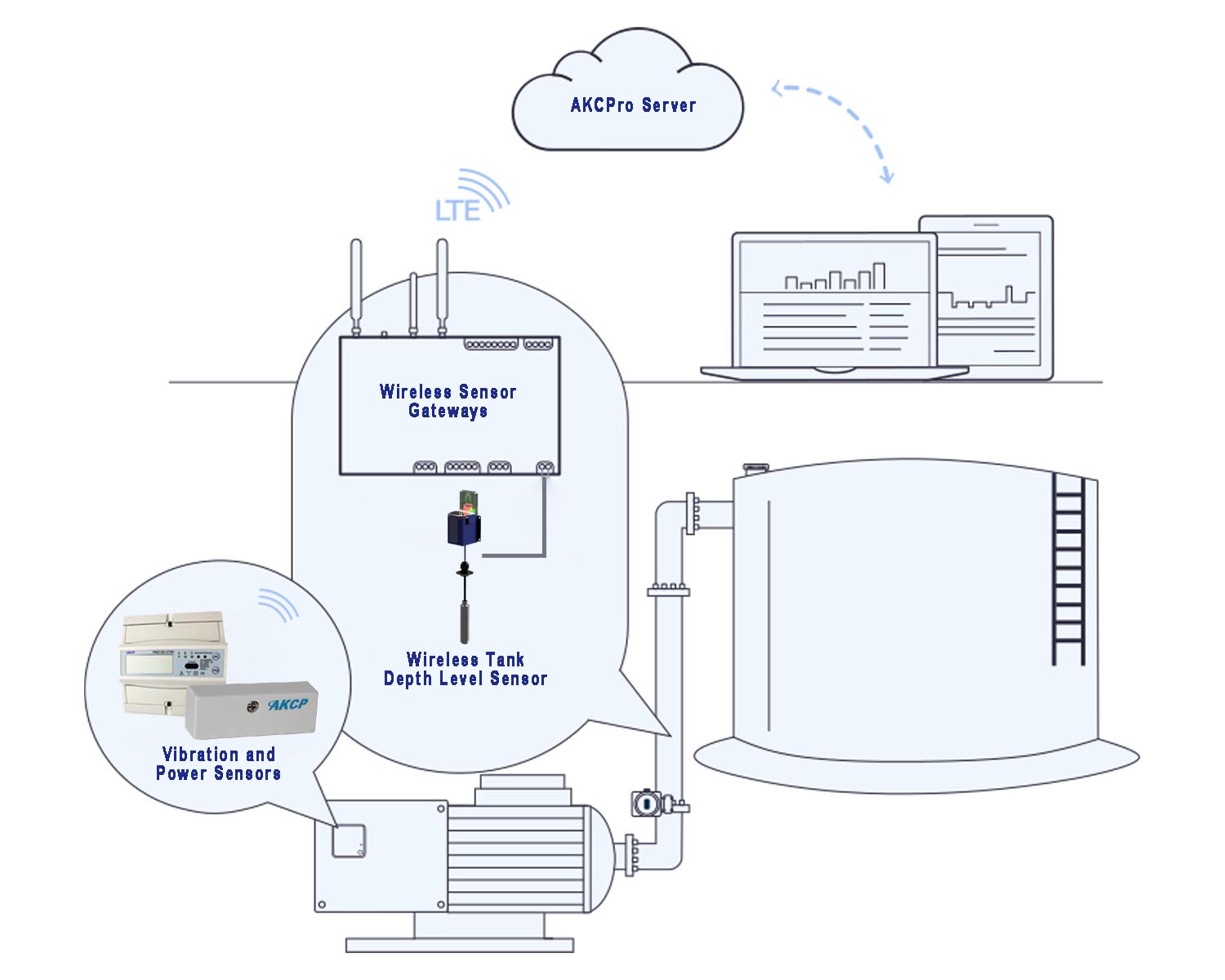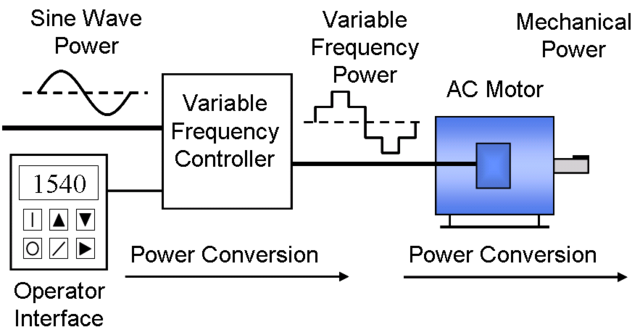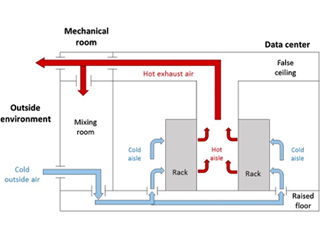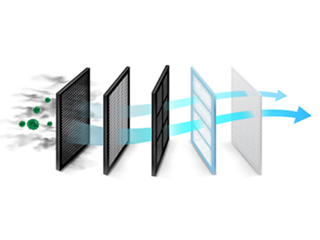Introduction
Data centers use massive amounts of energy and 40% of this goes to cooling systems. Other consumers are the IT equipment itself housed within the facility. Increasing density is set to raise this metric eightfold by 2030. With this, electricity cost has been a pain point for data center operators. Couple this with the carbon emission that stands in the way of sustainability. It is no surprise that operators are chasing ways to lower their facility’s Power Usage Effectiveness (PUE) by leveraging cooling efficiency practices. One of these ways is integrating Variable Frequency Drive (VFD) into the cooling systems.
What is Variable Frequency Drive?
How Does Variable Frequency Drive Improve Energy Efficiency?
-
Control Starting Current – Too much current in starting the motor consumes a lot of energy and generates more heat. A VFD has the ability at a zero voltage or frequency. This tracks motor winding flexing and heat generation, extending the motor life.
-
Reduced Variation in the AC Voltage – Motor full load current can cause voltage sag. Voltage sag is a disturbance due to the reduction of the RMS value of the line voltage for a period of time. When this happens, the equipment can receive insufficient voltage causing them to trip offline. Installing VFD can prevent voltage sag.
-
Lower Starting Power Demand – Power demand in starting an ac motor across the line is higher than with a VFD. During peak hours, customers can experience surge prices. However, with VFD demanding lower starting power, the issue can be addressed.
-
Controlled Speed and Acceleration – VFD can accelerate and allows speed to be adjusted by a controller.
-
Limits the Torque – The VFD can adjust and limit the amount of torque that prevents the motor from reaching its threshold. This keeps the equipment from being damaged.
The Pump Affinity Laws
Benefits Of Variable Frequency Drive To Data Centers
-
Scalability – VFD is designed for high-density data centers. Units can be scaled up or down in capacity to meet demand. This can help the cooling system to counter more heat generated by thousands of servers within the facility. In addition, a standard AC motor allows existing data centers to be retrofitted with a new temperature control system.
-
Redundancy – Installing EC fan units in a fan array can provide redundancy in the failure of one EC motor. However, there is no hand mode so control from the driving keyboard can be lost without connection to the control system.
-
Reduced Cost – Cooling system efficiency can significantly reduce cost. Although it’s often overlooked due to its expensive installation, its saving capability is worth it as a long-term investment.
-
Higher Ambient Temperature – It allows the facility to operate at a higher temperature. According to the study, each degree Celsius increase in the center’s operating temperature can provide a 4% reduction in cooling costs. However, operators need to be dedicated to monitoring. The temperature might reach its threshold and damage sensitive equipment if not controlled.
-
Proactive Maintenance – VFD has automated control systems that allow operators to be more proactive. They are provided with precise control and a chance to take corrective actions for a potential problem.
The Drawbacks Of Variable Frequency Drives To Data Centers
-
Impaired Reliability – Energy savings is important but the ability to perform with utmost reliability should be the most priority of data centers. VFD can compromise reliability by damaging the windings of motors with low-grade insulation.
-
Installation Cost – VFD is expensive for smaller and start-up companies. It has several cost considerations in installation and application. It requires additional components that can add up to the cost.
-
Sensitive Environmental Condition – VFDs are more sensitive to very low or high temperatures than across-the-line starters. Drives need climate control and may need to be oversized to cope with intense heat.
-
Noise and Vibration – VFDs can also destroy the bearings of the motors they control. It can create a crater that roughens its surface. This can initially cause noise and vibration that will lead to bearing failure.
Why Monitor?

Vibration Sensor
With the ever-increasing demand for operational efficiency and reduced downtime, predictive maintenance is a valuable tool. The AKCP sensors are multi-purpose sensors for various applications. The AKCP vibration sensor is a normally closed input switch that will detect when there is vibration. It can be connected to both the sensorProbe or securityProbe+ base units and then linked to notification alerts. The built-in tamper switch is independent of the circuit of the vibration detector for your convenience.
Power Monitoring Sensors
The AKCP Power Monitor Sensor gives vital information and allows you to remotely monitor power eliminating the need for manual power audits as well as providing immediate alerts to potential problems. The AKCP Power Monitor Sensor is specifically designed to be used with AKCP sensorProbe+ and securityProbe base units. It has been integrated into the sensorProbe+ and securityProbe web interface with its own “Power Management” menu, allowing multiple three-phase and single-phase Power Monitor Sensors to be set up on a single sensorProbe+ or securityProbe depending on which readings are required
Wireless Tank Depth Level Sensors
Monitor tanks of depths up to 20 meters. Often tanks are located in outdoor or difficult to cable areas. The WT-TDPS is battery powered or can be powered from a 5V DC or 12VDC source. Track fuel usage, graph the tank level, receive alerts when tank levels are critical. No more constraints on maximum cable lengths from the base unit. Easy installation and pairing with AKCP Wireless Tunnel™ Gateways.
Reference Links:
https://library.e.abb.com/public/49d24d9b978e119385257bf30062a596/ABB-721-WPO_data-center-cooling-systems.pdf
https://www.missioncriticalmagazine.com/articles/92746-driving-improvements-for-efficient-data-center-cooling
https://est-aegis.info/2019/03/reliable-data-center-cooling/
https://www.pumpsandsystems.com/vfd-cost-effective-option-your-application
https://www.wolfautomation.com/blog/benefits-vfd/





